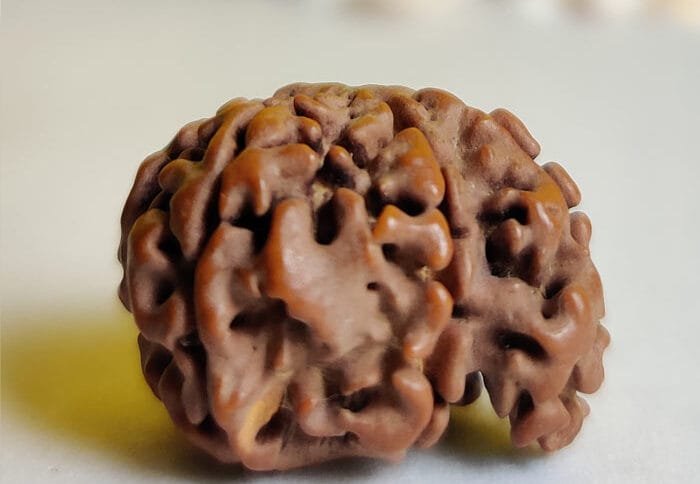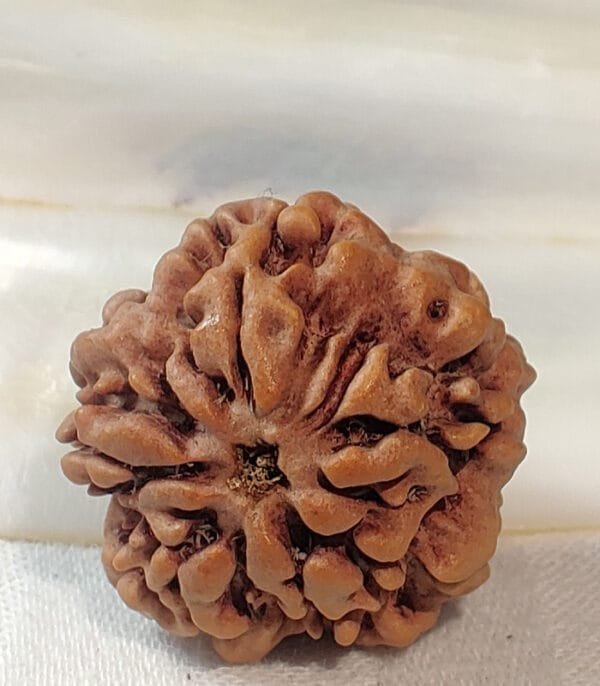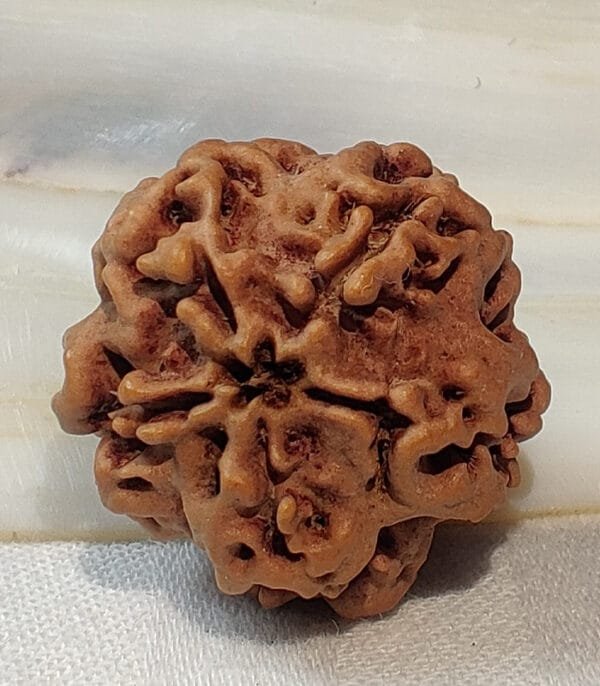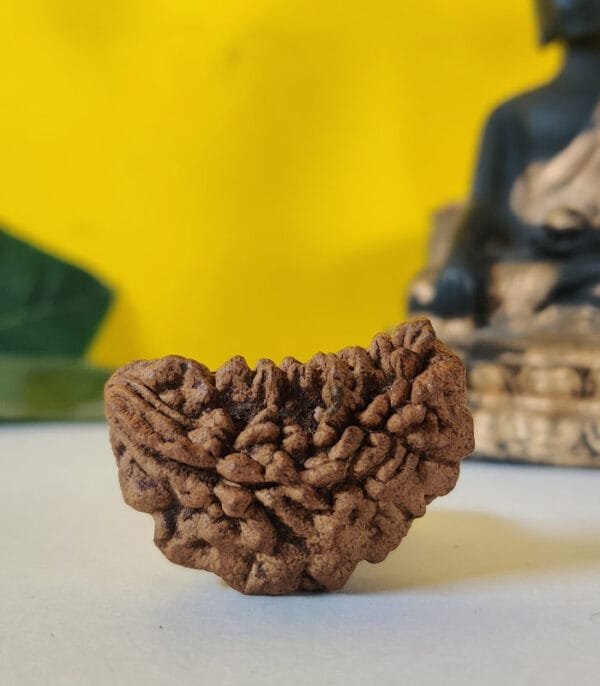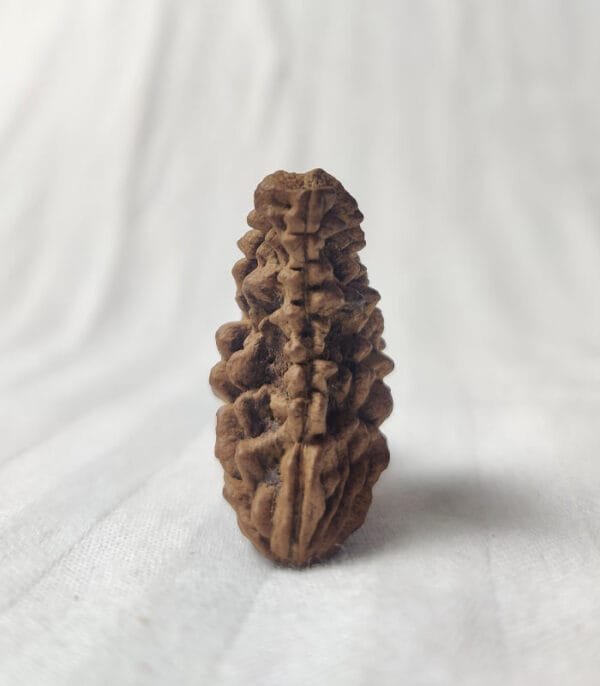New Spiritual Seekers
Concise Guide to understand main concepts of Shaivism
Awaken the Divine Shiva Within
For those new to the Spiritual path of Shiva, understanding who Shiva is goes beyond mere mythology; it delves into the essence of existence itself. Shiva, the supreme deity in Shaivism, embodies the timeless principles of creation, preservation, and transformation.
As the cosmic dancer, Shiva symbolizes the rhythm of life, the eternal dance of birth, death, and rebirth. To comprehend Shiva is to delve into the depths of consciousness, to explore the profound teachings of nonduality and unity with the universe. As seekers embark on their journey, they are encouraged to cultivate devotion, karuna, yoga, meditation, and embody the divine qualities of Shiva, such as compassion, strength, and wisdom.
Through these practices, seekers can unlock the transformative power of Shiva within themselves, leading to profound Spiritual awakening and realization of the ultimate truth.

Shiva is infinite...
The nature of Shiva is often described as beyond human comprehension. He is seen as the ultimate reality, transcending all forms and concepts. This aspect of the divine is often referred to as “Nirguna Brahman,” meaning the formless, attributeless Absolute. Shiva is considered to be beyond words, concepts, and limitations, and thus, cannot be fully explained or understood by human intellect alone.
Mahadev – Great God of all Gods
Neelkanth – Blue-throated (referring to the poison he swallowed during the churning of the ocean to save the world)
Mahakaal – Shiva that brings about the end of the universe and is associated with the cycle of creation, preservation, and destruction.
Kala Bhairava – The annihilation of the ego and the transcendence of fear, protector and the guardian of time.
Shambhu – Abode of Joy
Pashupati – Lord of All Beings
Bholenath – The Innocent Lord
Ardhanarishvara – The Half-female, Half-male form, symbolizing the balance of male and female energies in the universe
Nataraja – The Lord of Dance, symbolizing the cosmic dance of creation and destruction
Tryambakam – The Three-eyed One
Shankara – The benevolent and peaceful form of Shiva, representing harmony and balance.
नाम्नामस्तेऽधिकं पयोऽस्ति किंचित्।
यत्र यत्र मनो याति तत्र तत्र समाधाय॥
“There is great power in your name. Wherever the mind goes, there it finds absorption.”
The Mystery of Seeing Colors:
Consider the color red. You know what it looks like, right? But why does red look the way it does to you?
How do you even know it’s red?
This idea that colors and other experiences feel a certain way to us is called “qualia“
Some say that these experiences are so personal and hard to explain that they might come from something more than just our brains.
Confused which form of 'Shiva' you should worship?
I have seen so many people who wish to do Shiv Bhakti but are totally confused with the two aspects of Shiva – Nirguna, the formless aspect, and Saguna, the aspect with form and attributes, even wasting week, months, years – starting stopping hopping, and going round and round on the nirguna & saguna infinity – still trying to find the best way to worship Shiva, if your condition is also the same, here is the path for you..
There are two paths to worship – the path of form and the path of formlessness.
Both lead to Shiva, but you must choose the path that resonates most with your heart.
You too must choose the path of worship that resonates with your heart.
“If you are drawn to the formless aspect of Shiva, meditate on his formlessness and seek the ultimate reality beyond forms.
If you are drawn to the form and attributes of Shiva, worship his divine qualities and cultivate a personal relationship with him.”
Follow your heart or Guru’s advise and worship Shiva in a way that felt most authentic to you.
And in doing so, you will find peace and fulfillment in your Spiritual journey.
While Siva in his natural form is beyond the conception of human being and knowledge of Him
can be had only by Jnana and by His grace ‘nishkaam bhakti & samarpan’.

The Formless 'Nirguna'

The 'Saguna' Form
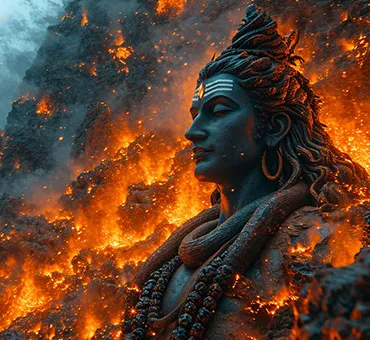
Your Bhakti shapes Shiva's form
Shiva Saguna Bhakti Symbolization
Shiva’s Saguna aspect is revered with deep love and reverence, seeing him as the compassionate protector and benevolent deity who responds to the devotees’ prayers and offerings.
Mahadev
Neelakanth
Kaal Bhairav
Shambhu
Pashupati
Bholenath
Ardhanarishvara
Natraj
Tryambakam
Shankar
Rudra
Dakshinamurti
Lingodbhava
Veerabhadra
Harihara
Shiva Nirguna Bhakti Symbolization
Shiva’s Nirguna aspect is worshipped with profound devotion, recognizing him as the formless, omnipresent, and eternal essence of all existence, inspiring a deep sense of surrender and oneness with the divine.
Brahman
Aum
Nitya
Nirvikalpa
Nirakar
Chaitanya
Ananta
Sat-Chit-Ananda
Adi
Avyakta
Satyam
Paramatman
Some Good Books on Shiv Tatva for Shiv Yogis
Explore the depths of Shiv Tatva, Shiva Tantra and Shiv Yoga through these insightful books, delving into the profound wisdom and transformative practices of Lord Shiva.
Shiva Purana
Linga Purana
Skanda Purana
Kalika Purana
Maha Nirvana Tantra
Shiva Tattva Prakasha
Spanda Karikas
Tantraloka
Shiva Sutras
Vijnana Bhairava Tantra
Pratyabhijna Hridayam
Kalamukha Paddhati
Kalamukha Samhita
Rudrayamala Tantra
Bhairava Tantra
Bhairavi Tantra
Shiva Jnana Siddhiyar
Shaiva Siddhanta
Shastras
Pashupata Sutras
Pashupata Shaiva Agamas
Lakulisha Pashupata
Sutras
Vimshati Mukha
Pashupata Shastra
Karanagama
Pashupata Vrata
Panchartha Bhashya
Goraksha Samhita
Goraksha Paddhati
Hatha Yoga Pradipika
Shiva Samhita
Yoga Chintamani
Siddha Siddhanta
Paddhati
Kaulajnananirnaya
Kapalikas and
Kalamukhas
Aghora: Secrets of the
Yogis of India
Aghora: At the Left Hand
of God
Kina Ram's Shakti Peeth:
Aghora
Veerashaiva
Dharmashastra
Nataraja Abhinaya Darpana
Vamakeshvara Tantra
Shunya Sampadane
Basava Purana
Periyapuranam
Kularnava Tantra
(Goddess with Shiva)
Yamala Tantras
Shiva Bhakti Paths & Practices
Shaivism (Puranic Saivaism & Non Puranic, Saivaism Atimarg & Mantramarg), Dasanami Sampradaya initiated by Adi Shankracharya reflect its diverse and multifaceted nature, offering devotees a range of (Agamic Traditions, Nigma Traditions & Tantric practices) Spiritual practices and philosophical perspectives to explore and experience the divine, here are some important random keypoints for new seekers to read about.
Shaiva Siddhanta
(Northern India)
Shaiva Siddhanta
(Southern India)
Pashupata Shaivism
Kashmir Shaivism
Lakulisha Shaivism
Lingayatism
Veerashaivism
Nath Sampradaya
Kapilaka
Aghor
Kalamukha
Saiva Bhairava
Nataraja (Worship)
Aardhnarishwara (Worship)
Agamas, Nigmas & Beyond...
1. Agamas
The term Agama means “that which has come down” (आ + गम्), signifying knowledge or doctrine received through divine revelation. Agamas are practical texts emphasizing rituals, temple worship, mantra, yoga, and meditation.
Key Features of Agamas:
Origin: Revealed directly by deities like Shiva, Vishnu, or Shakti to their devotees.
Content: Covers worship, spiritual practices, mantras, yantras, yoga, and temple construction.
Purpose: To guide aspirants on the path of self-realization through systematic practices.
Types of Agamas:
Shaiva Agamas: Related to Lord Shiva (e.g., Kamikagama, Rauravagama).
Vaishnava Agamas: Related to Lord Vishnu (e.g., Pancharatra Agamas).
Shakta Agamas: Related to the worship of Shakti or the Divine Feminine (e.g., Kalika Tantra).
2. Nigamas
The term Nigama means “traditional knowledge” or “summary,” often referring to the Vedas and associated teachings.
Key Features of Nigamas:
Origin: Rooted in the Vedas, focusing on philosophy, metaphysics, and cosmic truths.
Content: Contains hymns, prayers, philosophical discourses, and guidelines for yajnas (sacrificial rituals).
Purpose: To explain the ultimate nature of reality and the cosmos.
Nigamas in Context:
Rigveda, Yajurveda, Samaveda, Atharvaveda: Foundational scriptures considered Nigamas.
Upanishads: Philosophical extensions of the Vedic teachings, also classified under Nigamas.
ॐ नमः शिवाय
Aum Namah Shivay
~ Guru Aum Sushant ~a
Guru Gyan (Blog)
Ganesh Rudraksha
Ganesh Mukhi Rudraksha All About Ganesh Mukhi Rudraksha Nepali Ganesh Mukhi Rudraksha Mystery The Ganesh mukhi rudraksha remover of obstacles and the deity...
Read MoreSawar Rudraksha (Savar Rudraksha / Naag)
1 Mukhi Sawar Rudraksha All About Sawar Rudraksha Nepali 1 Mukhi Sawar / Savar / Naag Rudraksha Mystery The Rarest Divine Symbol...
Read MoreGauri Shankar Rudraksha
Gauri Shankar Rudraksha All About Gauri Shankar Rudraksha Nepali Gauri Shankar Rudraksha Mystery he Gauri Shankar Rudraksha is one of the most...
Read More
